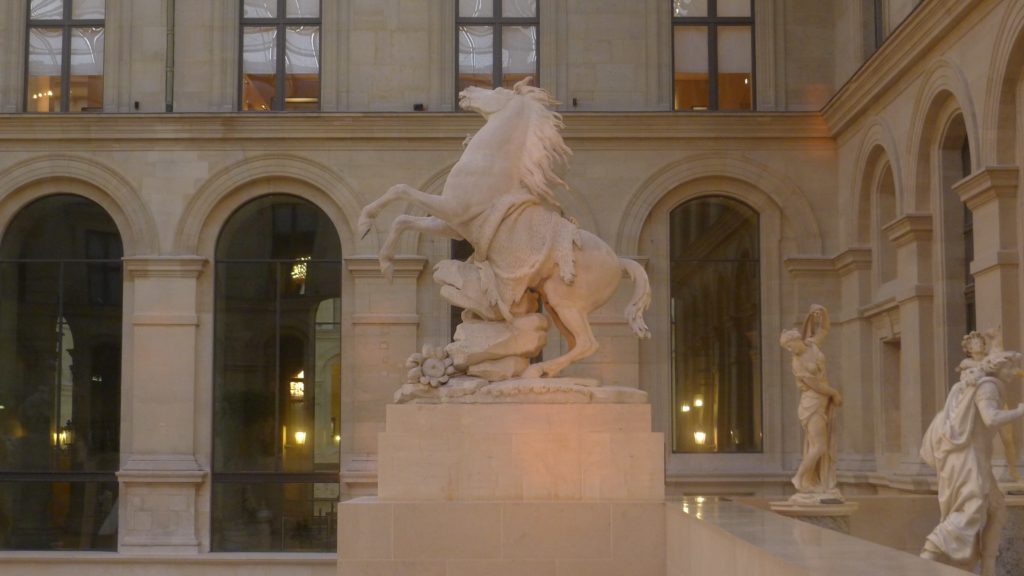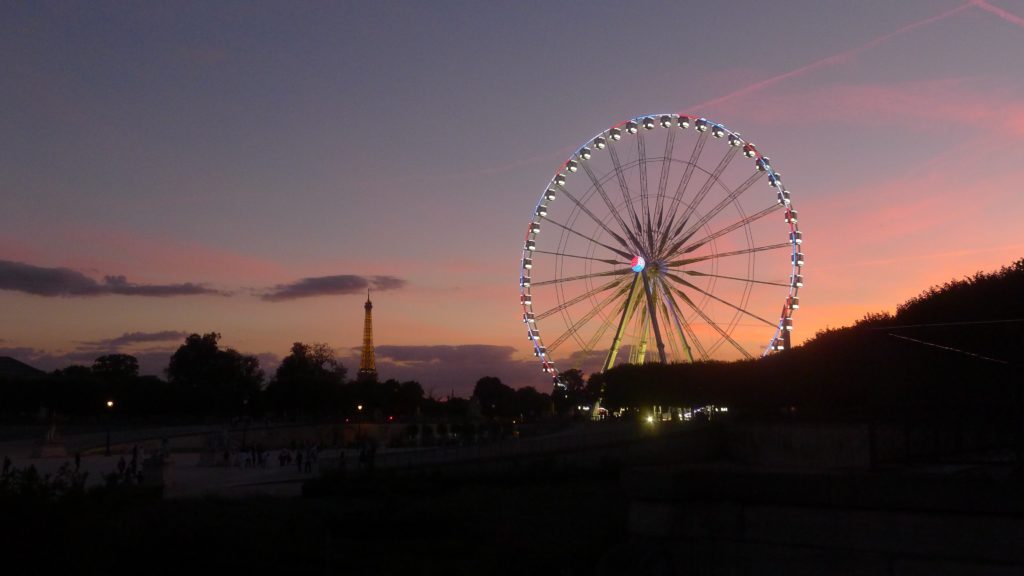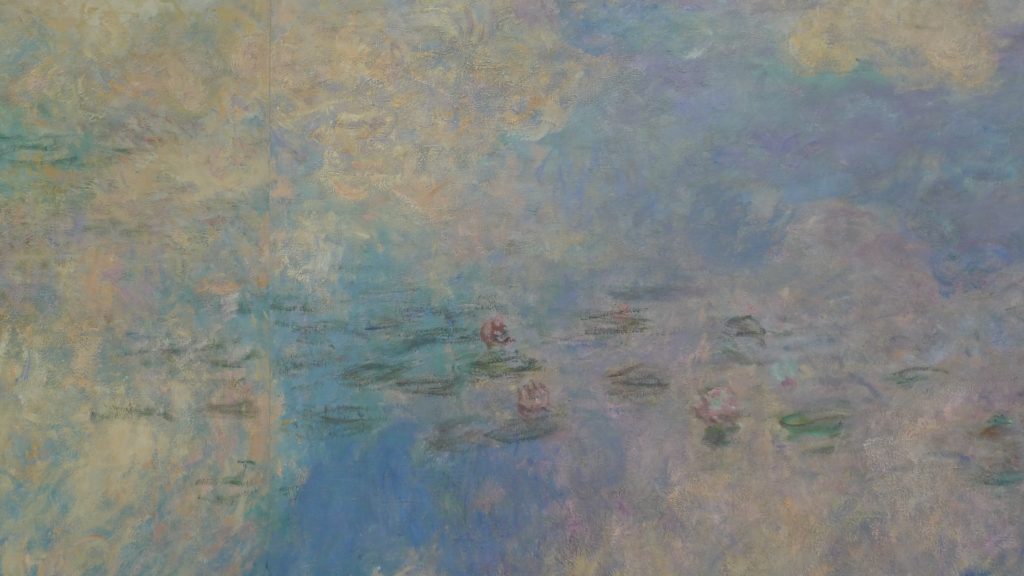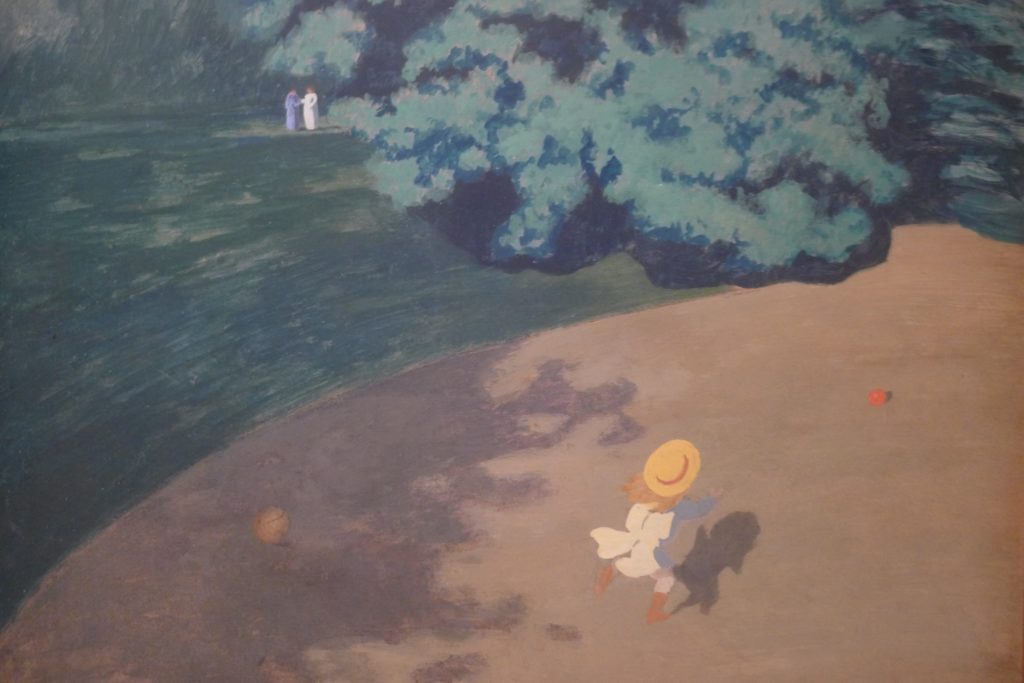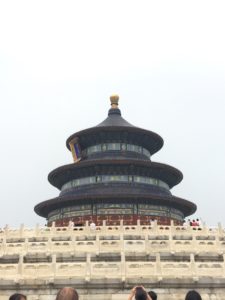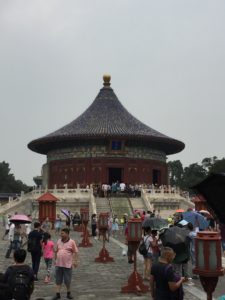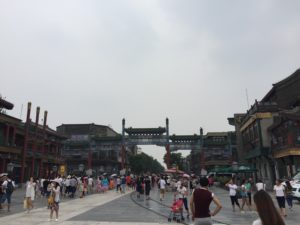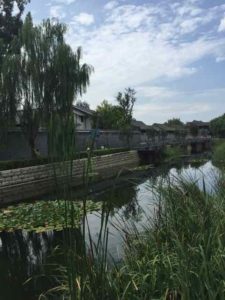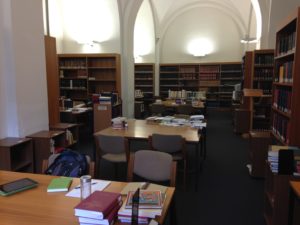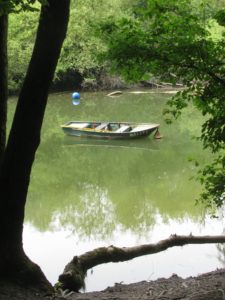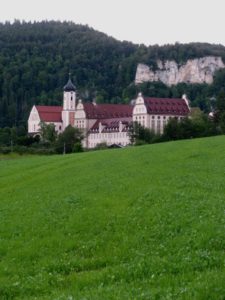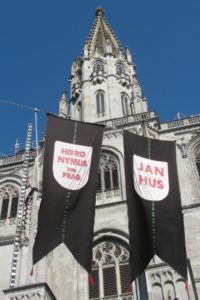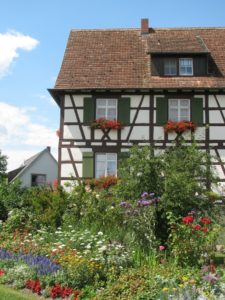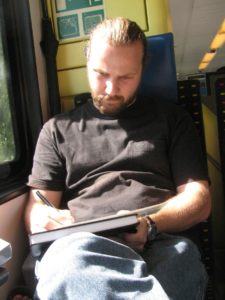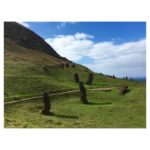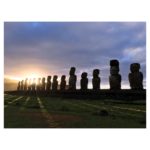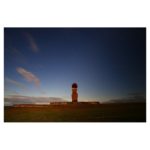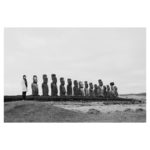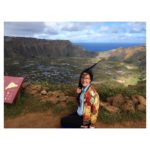My final week of classes at L’Institut was by far the most difficult week! I moved up a level in my course work and my new professors spoke much more quickly and had little tolerance for any grammatical mistakes.
Because many students departed midday Friday for weekend excursions, my last night with all my friends was Thursday so we went to the La Ginguette to celebrate. Waking up on Friday for my final day of class was bittersweet. My time at the L’Institut de Touraine has been the best 6 weeks of my life and I could not believe I already had to say goodbye to the professors and students I had become so close to. I cried saying farewell to my friends and host family but am so grateful for the Tours experience.
While I expected and hoped to improve my spoken, written and oral comprehension of the French language at L’Institut, I did not expect the profound impact the cultural immersion had on me. The experience of learning and living with students from all different countries and all different ages changed my world view by constantly presenting different perspectives to my daily activities. I was forced many times to leave my comfort zone and known cultural norms and in doing so learned more about my beliefs and myself. It was these relationships with the professors, students and country of France that ingrained in me a drive to continue my international studies. Exploring the French culture and language this summer was truly one of the most wonderful times of my life, especially with my two great friends from the program, Joob from Thailand and Christian from Ireland.
My first day home in the United States was a different type of culture shock; I craved the life I left behind in France. Yet it was comforting and a bit surreal to return to the United States just before July 4th, a time when the nation’s patriotism is most tangible and the pride in its founding principles most on display. The celebration of our country made me remember how proud and lucky I am to be an American citizen. Learning about other cultures and living in another country changed my world view but also made me appreciate my home to a greater degree.
I remember getting off the train in Tours to meet my host family, nervous and actually shaking, uncertain if I could carry on a conversation in the car ride to their home. Now instead of experiencing fear or trepidation, I am so very excited to return to France at the end of August to begin my semester abroad in Angers. While initially apprehensive of living in Tours for 6 weeks in the summer followed by a subsequent 3.5 months in Angers, I now cannot wait to return and continue my immersion and education in France.
I feel I have met my initial goals to speak colloquial French confidently, to understand French news sources and the social issues discussed, to greatly advance my language study and gain a cultural understanding of France. Friends who previously studied abroad always mentioned the elusive “click” moment but I remained skeptical. My own click moment came during my first day of class in week 4 of the program. For me that “click” was not complete fluency yet but rather the change in how I mentally processed the language and responded with less effort in the French language.
While I have always harbored a love of the French language, the Institute also revealed many professional benefits. I learned in my diplomacy workshop about La Francophonie, a club of 57 countries that promotes a French-speaking heritage in the fields of culture, science, economy, justice, and peace. French is the “mother language” among these countries though many have a different native langauge, making French more ubiquitous than I realized.
To conclude I would love to thank my wonderful and kind host family, Martine and Richard Barriere. Words cannot express my gratitude for the amazing people they are and their kindness towards me. My host parents have hosted students for over 25 years and I was the in the final group they would ever host. For 25 years the family sacrificed much of their personal life to introduce students from all over the world to the French culture and language. Seeing firsthand their personal pride in their country and language was inspiring. It was in the conversations I had with my host parents, outside of the classroom setting wheere I found myself speaking my best French. I forgot to consciously think about grammar and before I knew it would slip into conversations from weather to food to politics that would last for hours. When the topic drifted to social issues, my host parents encouraged conversations that compared the views of the different nationalities at the table during my stay, between Saudia Arabia, Ireland, Japan, France and the United States (the nationalities of all the people that lived in my house during my stay). I found myself better able to clarify my position on these issues when exposed to multiple opinions of different nationalities because I was forced to explain the foundation of my own opinion on an issue.
Martine and Richard’s kindness transformed the house to a home and formed a family for me.
From personally taking me to school the first day to make sure I was fine and not lost, to making me my American-style black coffee each morning because she knew how much I missed it, cutting news articles and events from the paper she thought I would enjoy, to the funny conversations we had each morning as I grabbed breakfast to the delicious meals each night, Martine in particular went above and beyond. I wish them a peaceful retirement and I hope they realize how their generosity over the years has touched the lives of so many people like myself. I cannot wait to return to their home in September for a weekend visit!
Thanks to L’Institute de Touraine, I now have a newfound appreciation for the French language and its role in my personal and professional life. I have lifelong friends from all corners of the world. My host family, L’Institut and Tours will always hold a special place in my heart.
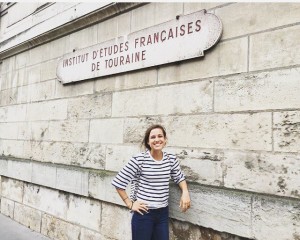
Final day outside L’Institut de Touraine
.
